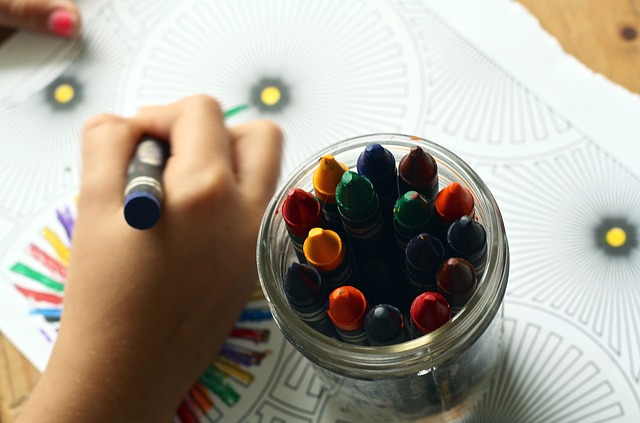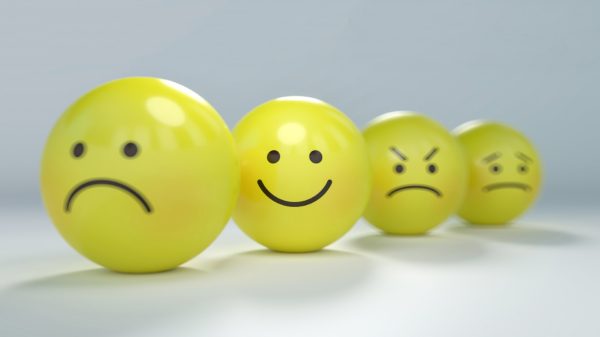Understanding Early Learning Goals, Outcomes and the EYFS Profile
As soon as your child enters the education system, you will often hear schools and teachers referring many different government documents and acronyms. Sometimes it can be daunting trying to understand how these guidelines relate to your child. The most commonly referred to documents are: Early Learning Outcomes, Early Learning Goals and the Early Year Foundation Stage (EYFS) Profile. Understanding Early Learning Goals, Outcomes and the EYFS Profile is your first step in preparing for your child’s academic career.
Early Learning Outcomes
Early Learning Outcomes are guidelines covering all aspects of child development from birth until 60 months of age. These outcomes are divided into age ranges, with some overlap. The main focus is on 7 areas of learning. Each area of learning is divided into 17 subsections. These subsections have specific individual goals which are very similar in nature to the National Curriculum aims for Primary students..
These 7 Areas of Focus for Early Learning are the core focus for all of early years learning.
- Communication and Language
- Listening and attention
- Understanding
- Speaking
- Physical Development
- Moving and handling
- Health and self-care
- Personal, Social and Emotional Development
- Self-confidence and self-awareness
- Managing feelings and behavior
- Making relationships
- Literacy
- Reading
- Writing
- Mathematics
- Numbers
- Shape, space and measures
- Understanding the World
- People and Communities
- The World
- Technology
- Expressive Arts & Design
- Exploring and using media and materials
- Being imaginative
For Early Learning Outcomes, there are specific targets for each age range, from:
Each subcategory has specific Early Learning Outcomes which are general guidelines for parents, carers and early years practitioners. They outline what you should be observing a child doing at each stage, if they are developing typically for their age. These can be useful when the inevitable question arises, “Is my child developing normally?” The overlap in age ranges helps to account with the varying speeds of development depending on each child. In nursery and preschool settings, these specifics can guide teachers in their planning and assessment of individual students.
Early Learning Goals
EYFS Early Learning Goals (to work towards by the end of reception year) are the main targets for children to achieve by the end of their reception year. The main focus of these checkpoints is to prepare children for entering Year 1 and their primary years ahead. These Early Learning Goals are based on the same categories and subcategories for Early Learning Outcomes. This framework is used by reception teachers to assess each child and to target areas for development. Documents such as this can sometimes be daunting for parents to comprehend and it can be difficult knowing that children are being judged on their abilities at such a young age. Although this is an important document, it is merely a guideline to help educators find consistency and direction in their classrooms. It can also give parents reassurance that their children are developing appropriately and in line with their other children of a similar age. Most importantly this document does not define your child’s academic career or their future attainment!
Foundation Stage Profiles

At the end of the reception year, children will issued an Early Year Foundation Stage (EYFS) Profile, which is a summary of their attainment over the year. Children do not “pass” or “fail”, instead they are assessed in each of the Early Learning Goals in the 17 subsections and given a grading of:
- Emerging level of development (working towards but not quite there)
- Expected level of development
- Exceeded level of development
These profiles are meant to inform parents of development and progress, but they are also used to inform Year 1 teachers in order for them to plan their lessons to accommodate all students’ needs.
There are very specific guidelines set out for educators by the government. Teachers observe children during formal learning as well as in social situations such as playtime and lunchtime. They record evidence of children consistently attaining early learning goals through written notes or photos. Children are given as many opportunities as possible to demonstrate their skills through structured and unstructured activities. In addition to teacher observations, the EYFS profile should include evidence from the child’s home life. Parents are encouraged to share their child’s achievements either informally through notes and photos or in their child’s Learning Journal which may be sent home from time to time. The EYFS profile should be a well-rounded document, displaying the complete picture of development, not just what happens at school.
EYFS Profile is only a Guideline!
These Early Learning Goals can be a great source of stress for parents whose child may be judged as “emerging”, but this should not cause panic. Children develop at different rates and some will move ahead in areas where others may take their time in attaining each goal. On the same note, some parents may be disappointed if their child doesn’t achieve an “exceeding” level in certain areas. Teachers only give this level if the child has consistently shown to be moving beyond the goal, and therefore it can be quite difficult to attain.
When speaking about a single class of children, rather than specific ages, we must consider the gap that occur from the youngest child to the oldest in each class. The Millenium Cohort Study (a longitudinal study in the UK following 18,500 children born in the first two years of the millennium) has clearly showed that there is “at least a 20 per cent gap in writing and number between a child born in the autumn and one born in the summer months. Comparing writing skills, 73% of pupils born in the autumn term achieved at least the expected level in the early learning goals writing compared with 51 per cent of pupils born in the summer term. It is far too early to judge children’s academic abilities at this stage, so it is important for parents to use the EYFS profile as a guide and not a judgement.
Understanding Early Learning Goals, Outcomes and the EYFS Profile is an important step in understanding their development in all areas of learning!
References:
See Crawford, C., Dearden, L., & Greaves, E. (2011). Does when you are born matter? The impact of month of birth on children’s cognitive and non-cognitive skills in England. London: Institute for Fiscal Studies.
https://www.foundationyears.org.uk/wp-content/uploads/2012/03/Early_Years_Outcomes.pdf
https://assets.publishing.service.gov.uk/government/uploads/system/uploads/attachment_data/file/425601/PRIMARY_national_curriculum.pdf





